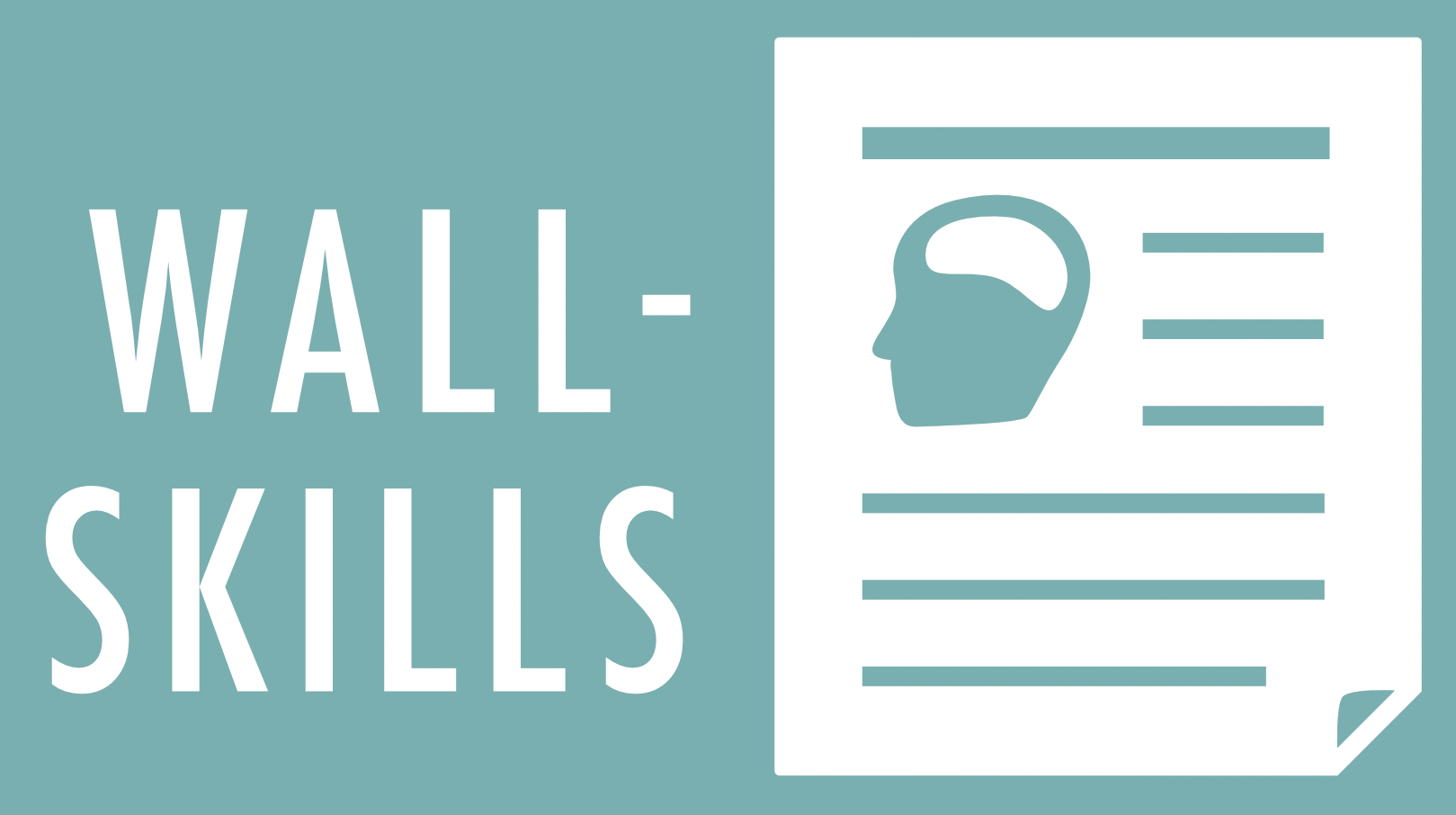Our last 1-pager explained what Psychological Safety is and that it’s a pre-condition for high-performing teams. Which is all nice and dandy, but how do you get it, pray tell?
We’re all in luck: “The Fearless Organization” by Amy Edmondson includes a “Leader’s Tool Kit” with steps on how to reach Psychological Safety and how to maintain it. Check out the 1-pager:
Are you a budding Product Owner? Check out our compilation "Skills for Successful Product Owners"
Content of 1-Pager:
How to Build Psychological Safety? (Leader’s Tool Kit)
Enable learning – Make it safe to speak up about problems and mistakes
Set the Stage
Reframe failure and uncertainty. Changing words changes assumptions. If we see accidents as “someone screwing up” we will act differently than if we think that systems shape (mis)behavior. Stress how the complexity, uncertainty and interdependence of the work make it necessary to speak up. Connect it to a higher purpose such as “making someone’s day” or “saving lives”.
-> Create shared expectations and meaning
Invite Participation
Model situational humility: Acknowledge gaps in your knowledge, welcome questions and listen intently. Invite participation with a carefully framed question, such as asking “Was everything as safe as you would like it to have been this week with your patients?” (instead of “Did you see lots of mistakes and harm?”). Make it respectful and concrete. Be genuinely curious about the answer.
Know how and when you will receive feedback: Create regular opportunities for people to voice their concerns. Provide guidelines for discussion.
-> Establish confidence that voice is welcome
These prepare the ground. The next one keeps it alive. It’s crucial to react well, when people to dare to speak.
Respond productively
Appreciate input by listening, acknowledging and thanking the “messenger” (even if it is a low quality opinion). Destigmatize failure by establishing blameless reporting. Look forward, offer help and consider next steps. Follow up on the input. There are different kinds of failure (preventable, complex and intelligent) that need different kinds of follow up.
If there’s a clear violation of rules you have to sanction it.
-> Set out on the path to continuous learning
“The courage it takes to speak up must receive the mini-reward of thanks” – Amy Edmondson
Sources:
- The book “The Fearless Organization” by Amy Edmonson, specifically the Leader’s Tool Kit

